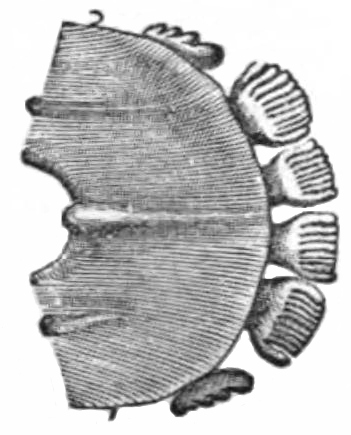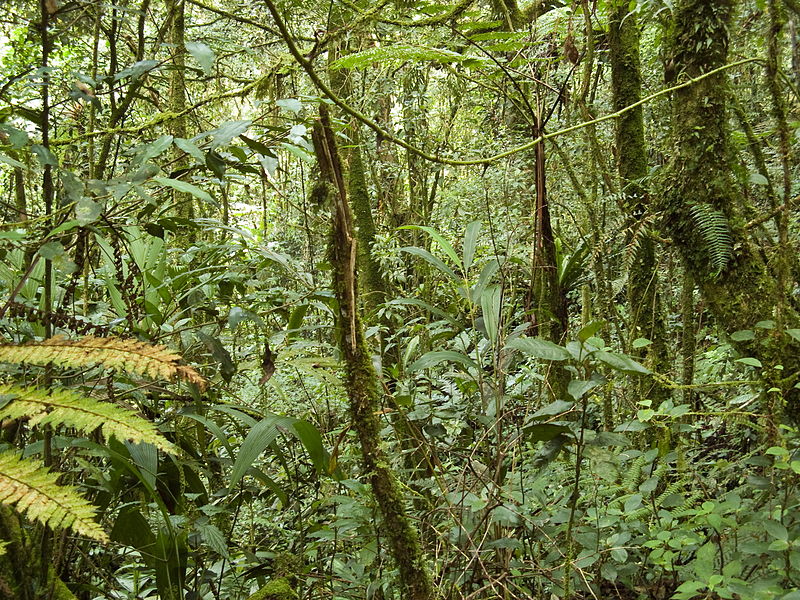Adaptations of the Galeopterus variegatus
Gliding membranes:
Like all other members of the order Dermoptera the
Galeopterus
variegatus have a membrane, called a patagium, which surrounds
its body to allow it to glide through the air (Brynes et al,
2008). The difference with the Galeopterus is that its membrane
extends between the fingers and toes and between the tail and
hind limbs; their increased surface area allows for better
gliding (Martin, 2008). The Galeopterus variegatus were found to
have lower take-off and landing forces than other gliders of the
same mass due to large membranes and low body mass (Brynes et
al, 2008). Their membranes allow them to glide over 100 meters
with little loss in elevation (Burnie et al, 2001).
Here is an interesting study done by researchers on the
take-off and landing kinetics of the Galeopterus variegatus.
Cryptic Coloration:
Some organisms use cryptic coloration to blend with their
environments to avoid predation. The Galeopterus variegatus and
other colugos have fur patterns and coloration to look like lichens
on trees to help avoid predation (Burnie et al, 2001). These fur
patterns have been naturally selected for and aid in their survival.
Check out the interactions page to
learn about their predators.
Figure 1. Colugo with lichen cryptic coloration.
Digestive System:

The Galeopterus variegatus are herbivores and feed mainly on leaves,
fruits, sap, and flowers (Burnie et al, 2001). To help aid in the
digestion of these plants and their cellulose cell walls they
developed an enlarged cecum that contains bacteria to aid in
digestion (Martin, 2008). They have also developed comb like lower
incisor teeth that face forward help them consume food by extracting
sap from trees and straining fruits and flowers (Burnie et al,
2001).
Figure 2. Illustration of colugo teeth
Limbs:
In order to cling to the trees that they glide to and from the
Galeopterus variegatus’ forelimb claws are curled (Burnie et al,
2001). They also evolved special hind limbs that allow them to
easily climb trees. Their feet are webbed, have flattened toes, and
discs on the bottom that act essentially as suction cups to the
trees (Burnie et al, 2001).
Let’s see what’s on the Galeopterus variegatus’s menu next!
